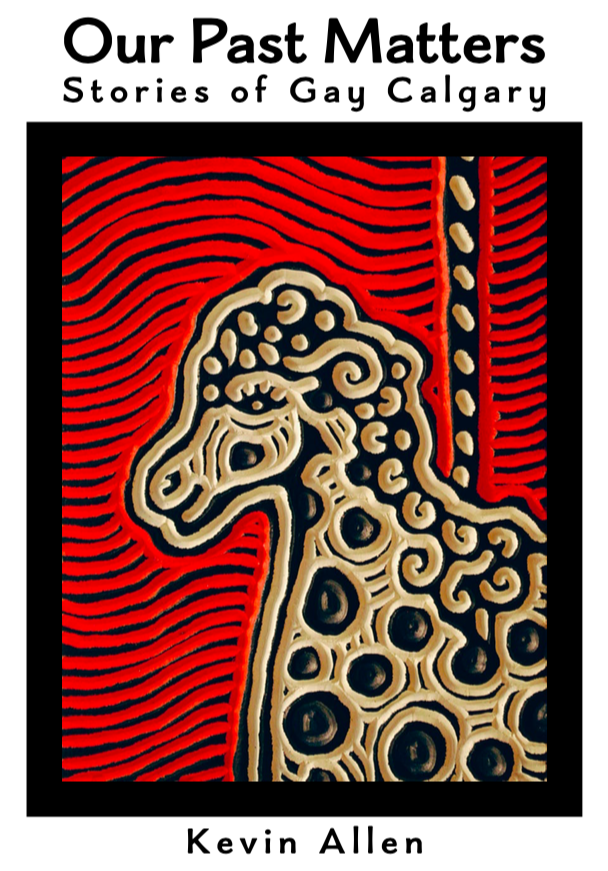{Happy Easter! The Calgary Gay History Project is reflecting on AIDS history to explore how Calgarians and Canadians reacted to this earlier pandemic.}
As the world compares and contrasts national governments and their response to the novel coronavirus, this week we explore how the Canadian Government reacted to the AIDS pandemic.
AIDS is considered by some a chronic manageable disease in Canada. It was one of the deadliest viruses in Canadian history; more than 26,000 people died from HIV/AIDS since its arrival to the country in 1982. More than 32 million people have died from the virus worldwide. The disease in Canada has predominantly affected marginalized communities. For example, in the 80s, the largest populations with the virus were men who had sex with men and intravenous drug users – groups many politicians found distasteful. As the 80s progressed, the gay and lesbian community angered. This, in turn, generated grassroots activism which shamed the Federal Government into action on AIDS.
One of the most effective groups was AIDS Action Now (AAN) in Toronto. In an Xtra.ca interview, AAN Founder Tim McCaskill said: “We figured out that this wasn’t just a virus that was killing us. It was that no one was doing fucking anything. Even medical staff in hospitals worked under a cloud of ignorance and fear. Nurses were wearing space suits, not delivering meals, not cleaning out bedpans because they were afraid to go into patients’ rooms . . . It was awful.”

AAN Protest in 1990. Photo: Ken Faught, Toronto Star
In the Spring of 1988, AAN burned in effigy the Federal Health Minister, Jake Epp, a socially conservative politician who avoided even saying the word “AIDS.” They coordinated high profile die-ins and hounded Prime Minister Brian Mulroney at speaking engagements. The heat of embarrassment provoked government action. Later that year, Mulroney replace Health Minister Epp with Perrin Beatty, who by temperament was more able to deal with both AIDS and gays. They created the first National AIDS strategy in 1990. The strategy made significant concessions to activist pressure, including prevention programs to halt the spread; care, treatment and support programs for those with the disease; funding to support treatment research; and the establishment of a National Treatment Registry.
It took eight years for the Federal Government to get to its National Aids Strategy after the first case appeared in Canada. In that year (1990) 1514 additional Canadians were diagnosed with AIDS.
{KA}










